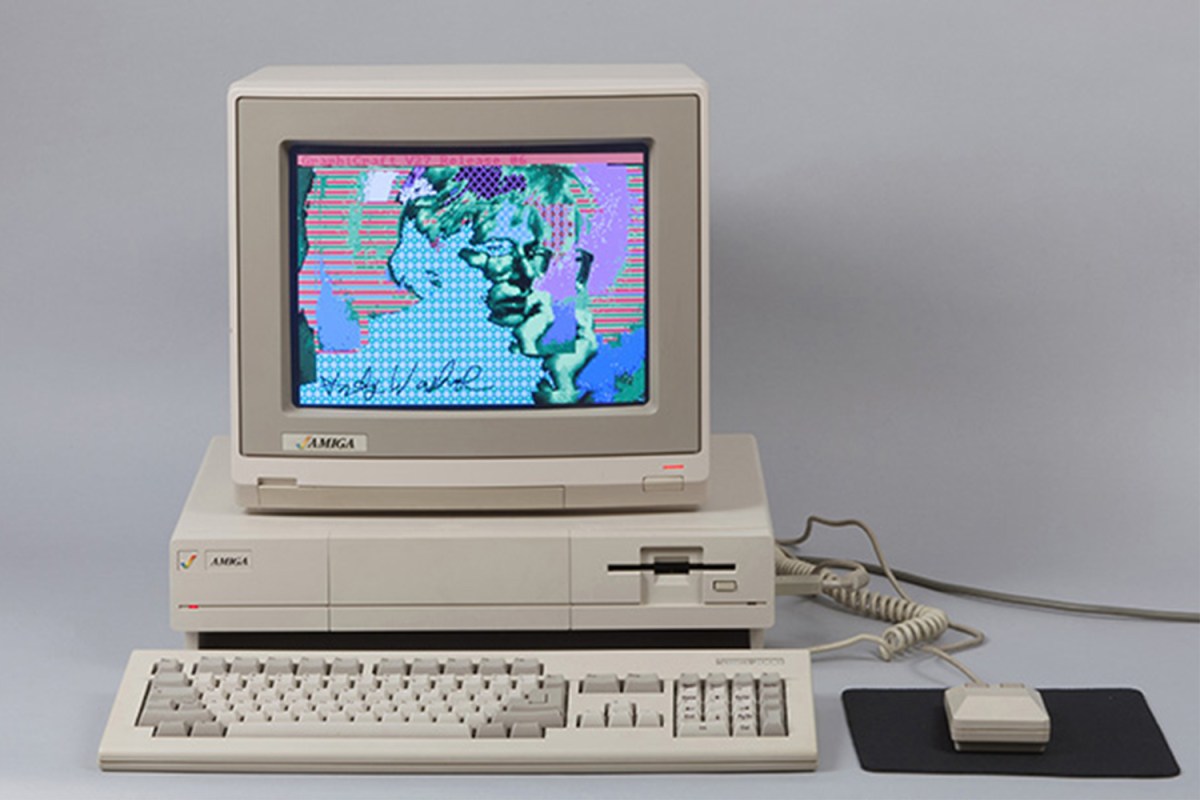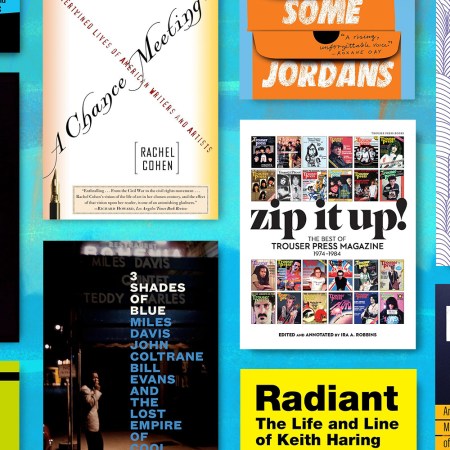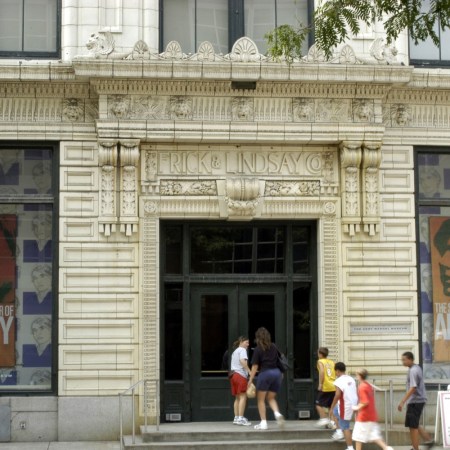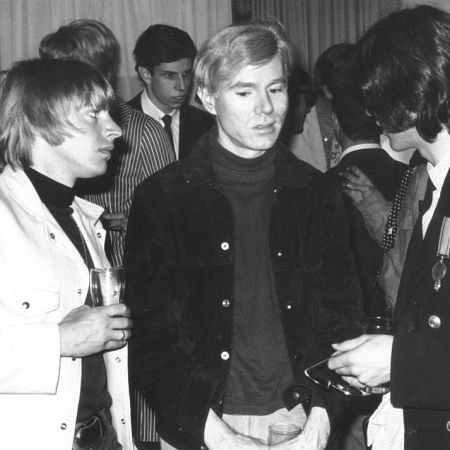When it came to ideas of celebrity and the connection between art and mass production, Andy Warhol was ahead of his time. He was also ahead of his time when it came to exploring digital art; in 1985, he began using a Commodore Amiga for some of his work. Now, the digital art of the 1980s is colliding with the digital art of the 2020s, by which we mean Andy Warhol NFTs are now a thing.
At ARTnews, Angelica Villa has details on the auction, which is being held by Christie’s in conjunction with the Andy Warhol Foundation. Running through May 27, Andy Warhol: Machine Made features five digital works by Warhol, each with a starting bid of $10,000.
As Villa notes in her article, the auction is not without some controversy. The works featured were previously in the spotlight for an exhibit that ran from 2017 to 2019 at the Andy Warhol Museum, and represented a lengthy effort on the part of several museums and artist Cory Arcangel to recover the files to begin with.
Golan Levin, director of the Frank-Ratchye STUDIO for Creative Inquiry at Carnegie Mellon University, has called the authenticity of the works being sold into question. In a lengthy Twitter thread, he addressed the resolution at which Warhol worked — 320×200 pixels — and the versions being auctioned here, which are considerably larger.
Levin refers to the versions being auctioned as “a significant departure from the material conditions of Warhol’s originals.” The whole thread makes for fascinating reading, but it also gets at a number of questions that are likely to recur when looking at digital art and NFTs, including the conditions under which they were created and how legible that art is today. State of the art tech for 1985 is significantly less so in 2021, after all.
A spokesperson for the Warhol Foundation told ARTnews that the blend of old and new technologies was, in some ways, the point. “The artworks created in 1985 were digitally restored using 21st Century technology,” they said. “Not unlike physical artworks that undergo careful conservation, the works Warhol created have been carefully preserved for posterity.”
What does preservation mean in the context of digital art? It’s a question that’s not going away anytime soon.
Thanks for reading InsideHook. Sign up for our daily newsletter and be in the know.


















